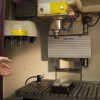We spent months designing the structure for our CubeSat. This process involved primarily trying to fit all the components inside a very small volume while respecting all the requirements imposed by the CubeSat standard. This was not a trivial task, but it has finally been completed. We produced manufacturing drawings from our 3D computer aided […]
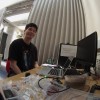
Antenna Deployment Tests
The CubeSat project involves many participants. Sometimes, volunteers even ask us to participate outside of their academic or club work, just because they want to be part of UoS3. Huaiyang and one of his friends are such volunteers who dedicated one week of their summer to do test runs on the antenna deployment mechanism. Thanks […]
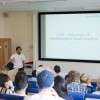
UoS3 and arts
One of the purposes of UoS3 is to improve the educational experience of the students from across our University. It is common for CubeSat projects to focus mainly, or even solely, on engineering and science students that take part in design, manufacture, and utilisation of the satellites. It is a meaningful thing to do because […]
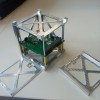
Computer’s first rehearsal
When many groups of people are making a piece of equipment, like our CubeSat, they have to come up with interfaces that specify how different pieces will fit together. Then you make the pieces according to these interfaces and, if everyone has done everything correctly, the pieces should fit. When we got our first prototypes […]
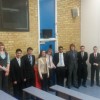
First Generation Student Group Finishes
Today was the final presentation of the first group of students to work on UoS3. This group contributed to the satellite in the form of a so called group design project (GDP). A GDP is part of the education that students receive at the University of Southampton where students apply their knowledge to practical problems. […]

Watching the mass
The biggest limitation for virtually every satellite is its mass. If the satellite is too heavy the rocket will not be able to take it into orbit. UoS3 will be less than 1.33 kg, so this isn’t a problem. But we still need to comply with CubeSat requirements and keep the mass below the mentioned […]
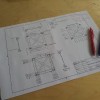
Approving the manufacturing drawings
Upon finishing the computer aided design (CAD) model of the satellite and verifying, through analysis and review of design, that the structure that will carry all the mechanical loads meets the requirements set for UoS3 we decided to manufacture it. To do this we produced a set of technical drawings and, while some of the […]
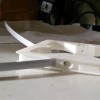
Antenna deployment mechanism printed
As part of our objective to test fly 3D printed components on the UoS3 CubeSat the mechanism to deploy the antennas from their stored (launch) to operational position has been printed. Rather than using the common, fused deposition modelling technique, the part was printed using the selective laser sintering method by 3T RPD. The part […]
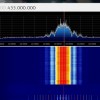
Successful communication test with SDR
This week the communications team successfully tested the breadboarded communications subsystem using a software defined radio (SDR). An SDR is a simple USB dongle that anyone can plug into a computer and tune to listen to the radio, or alternatively tune to the amateur radio frequencies (145 MHz and 433 MHz) to detect satellites using that […]
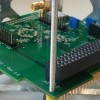
First PCB manufactured
The ECS GDP finished fabricating their first PCB today. The PCB combines the payload package, computer and data-handling unit on to a single board to save valuable space inside the 1U CubeSat. Rigorous testing will follow to ensure the board, computer and sensors perform as expected. Update 12 Jan 15 Initial testing of the gyroscopes can be […]


